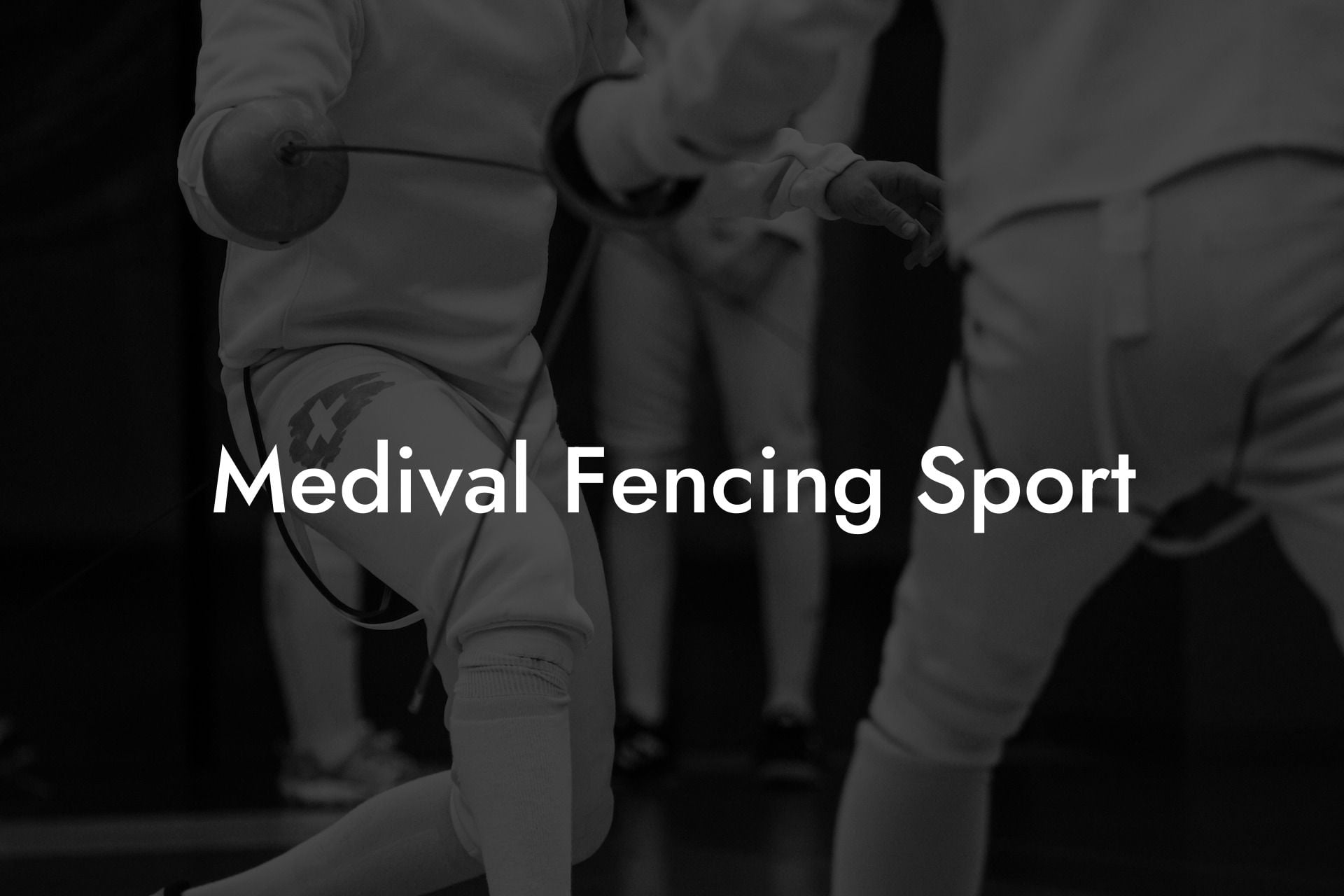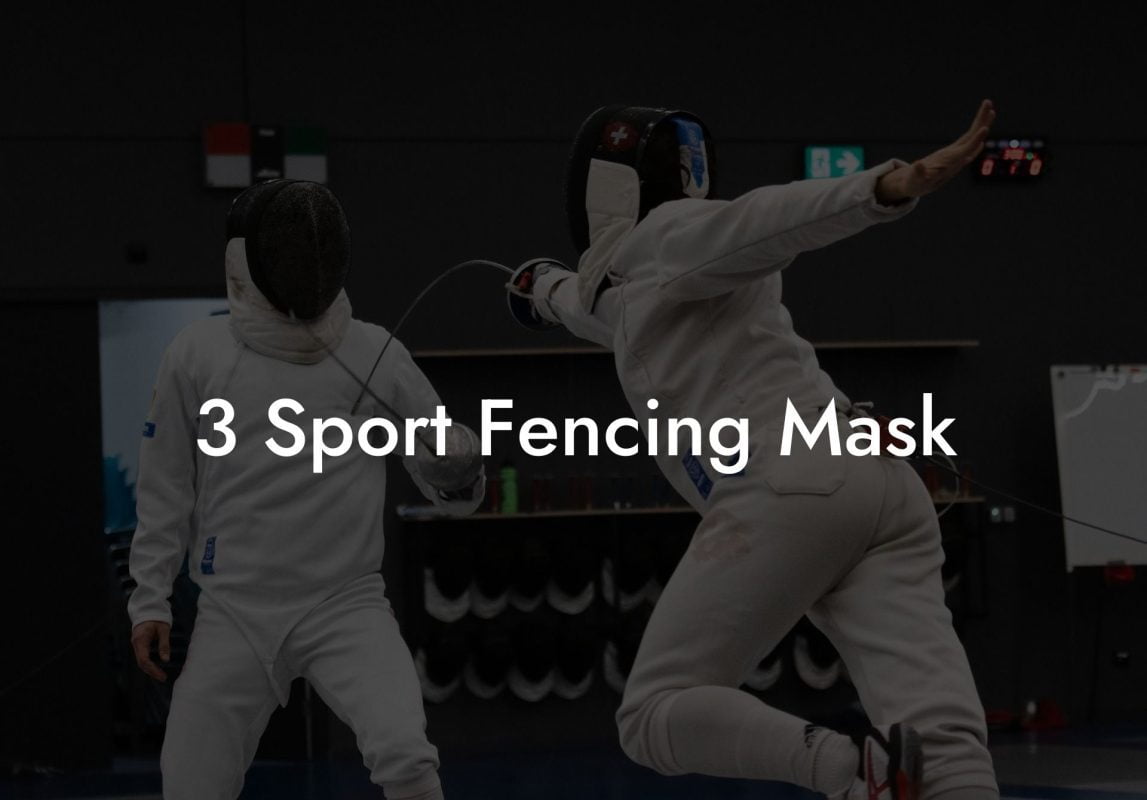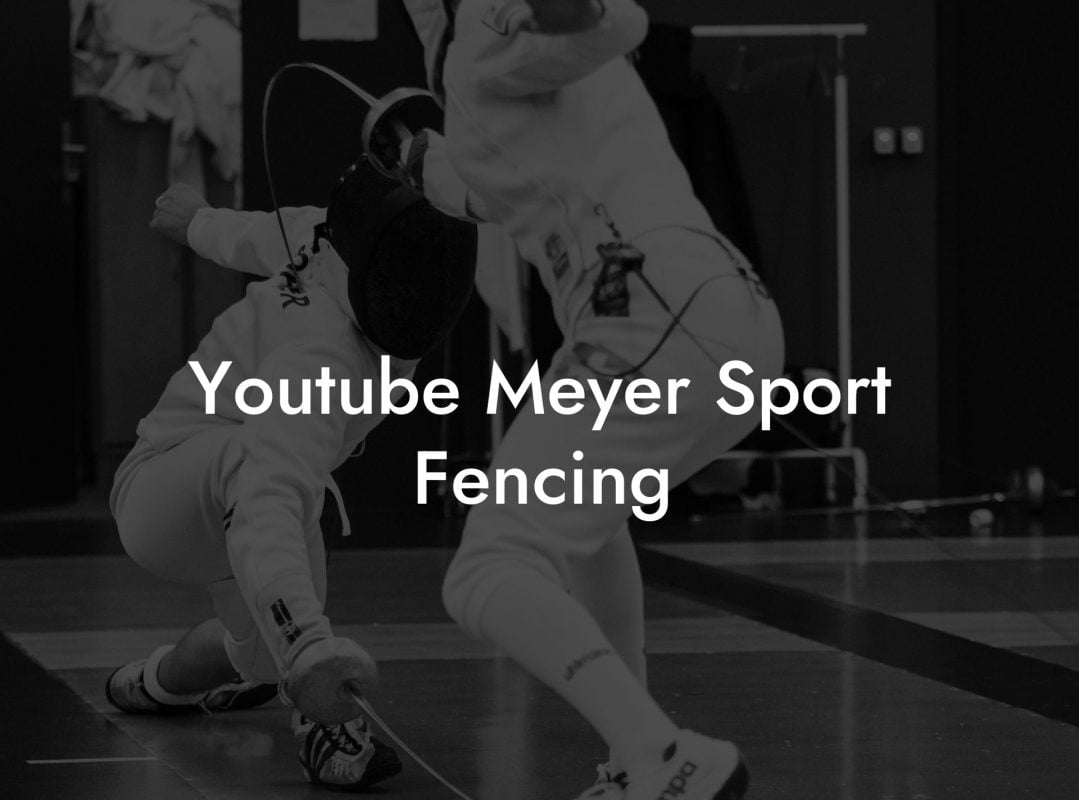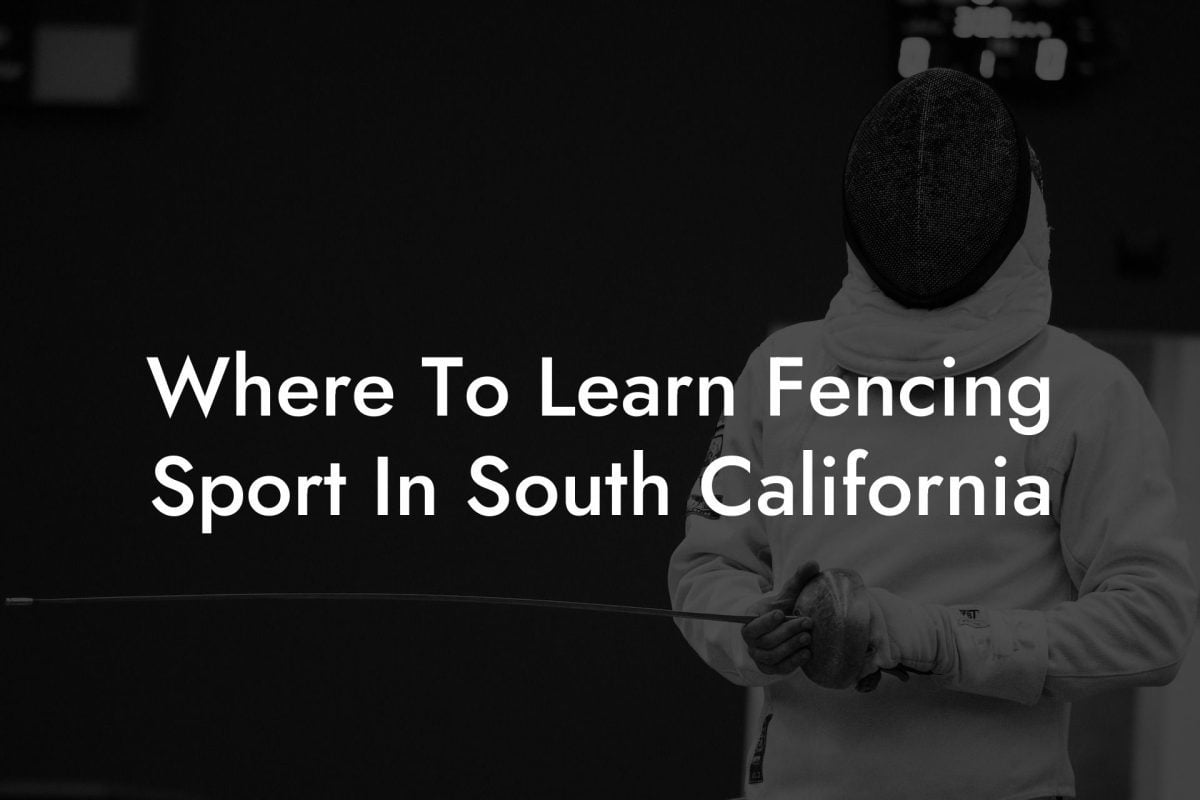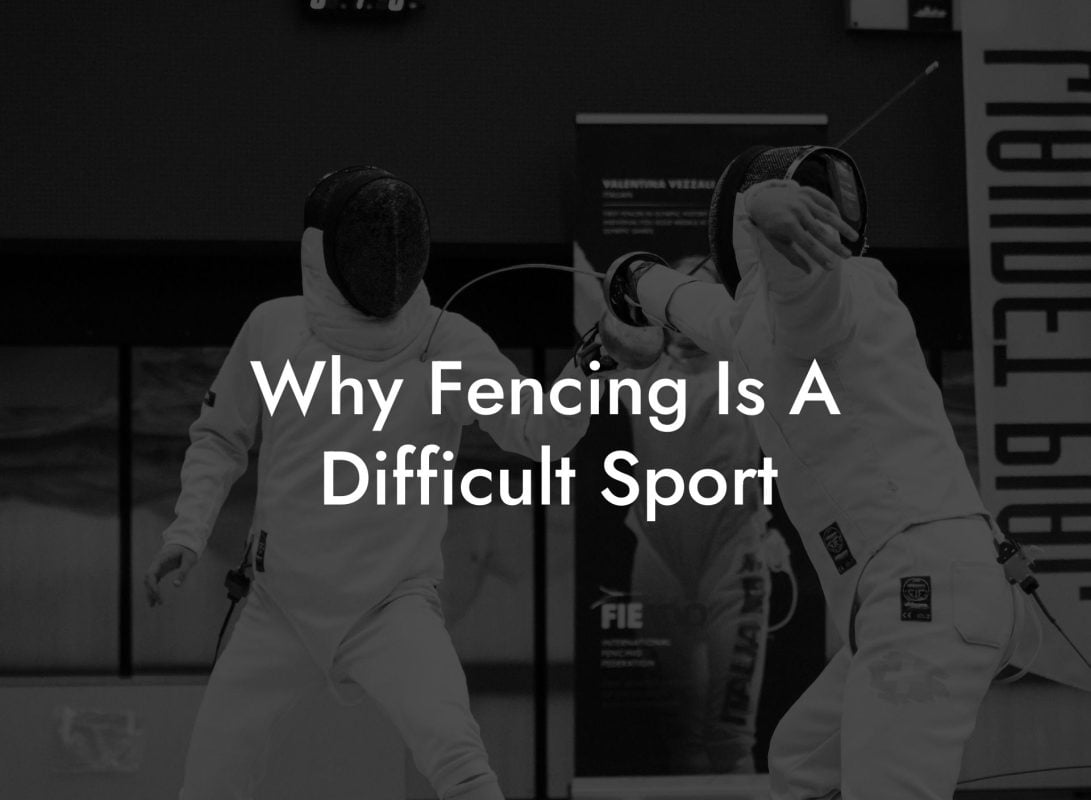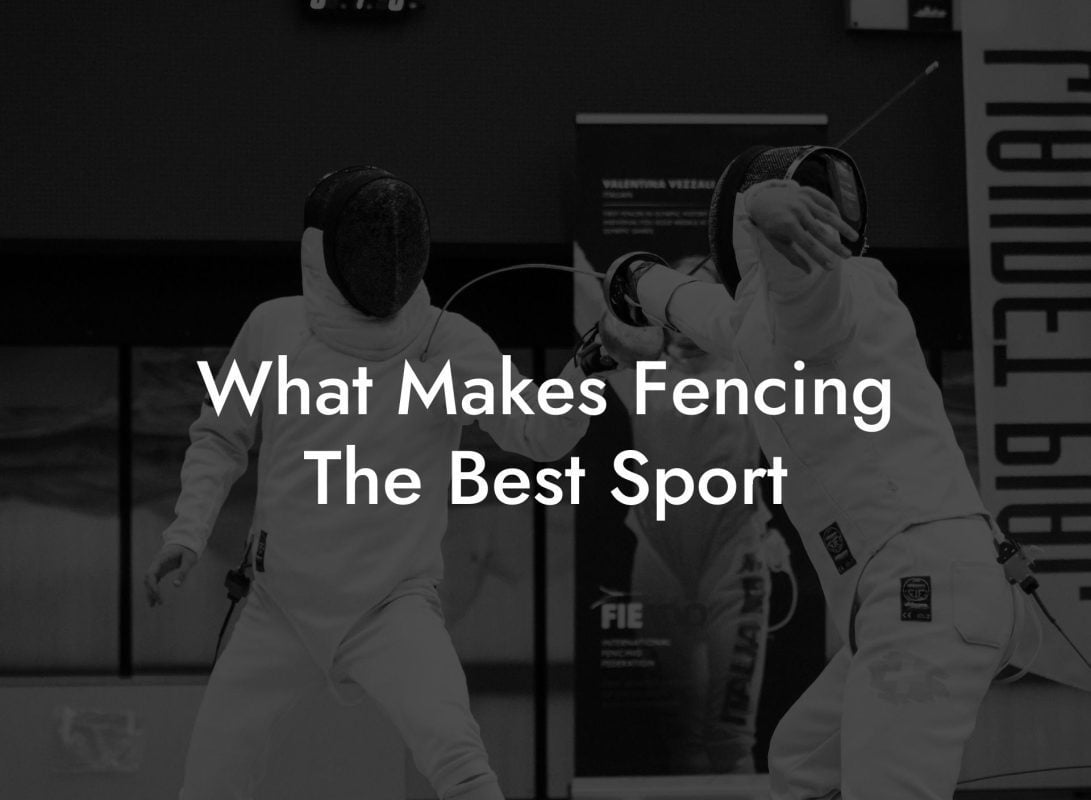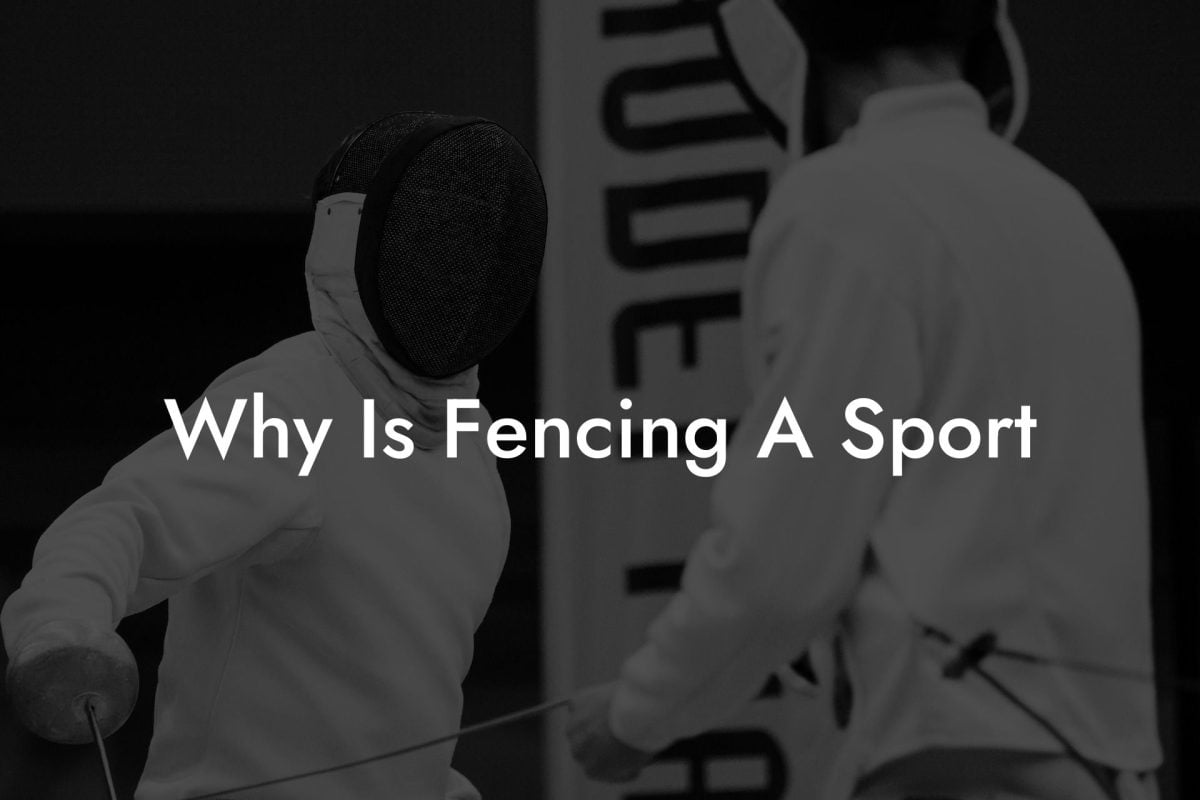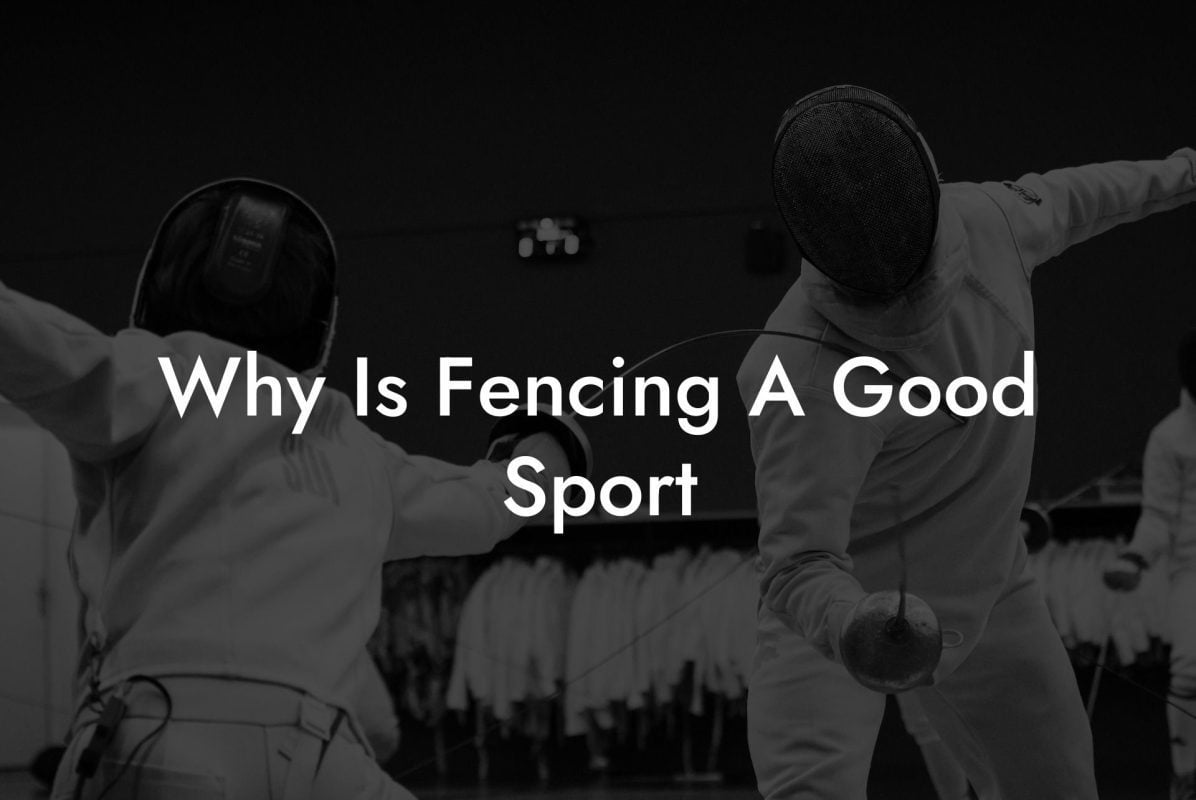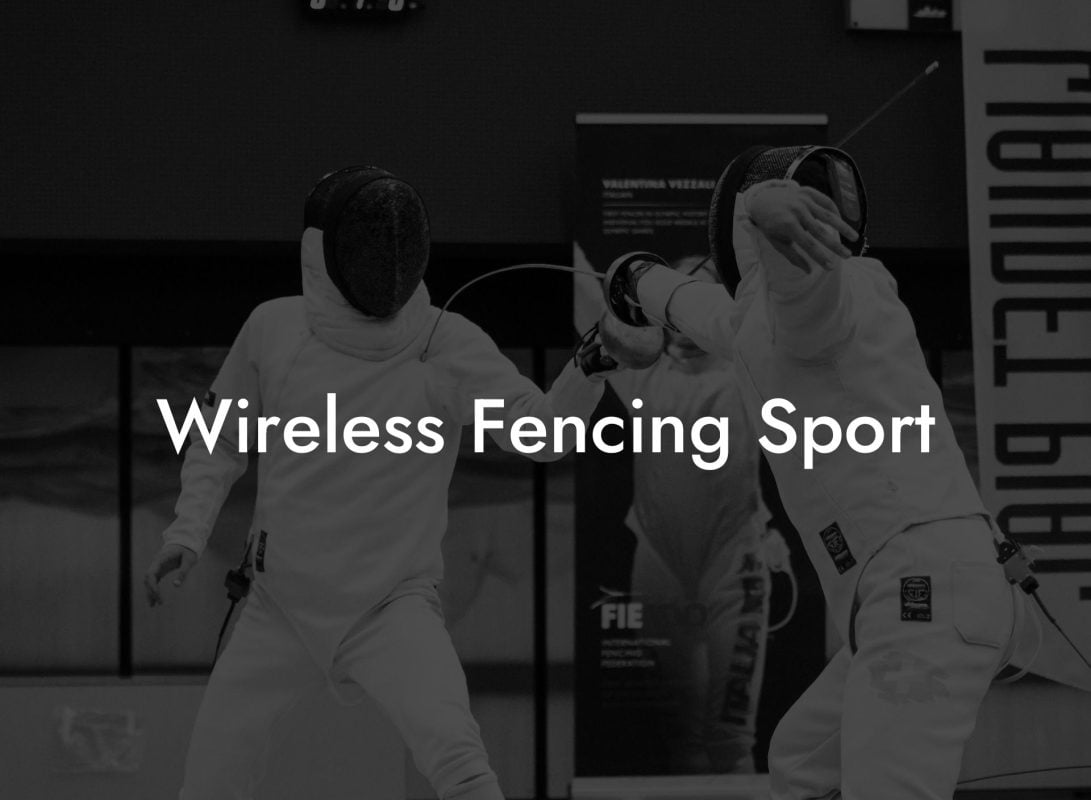Step back in time and discover the elegance, power, and intricacies of medieval fencing sport, an ancient art form that takes you into the world of knights, swords, and exhilarating combat. Unearth the basics of this historic and still-thriving sport, gain insight into the various types of medieval fencing techniques, and understand the importance of training and safety measures while practicing.
Medival Fencing Sport Table of Contents
A Brief History of Medieval Fencing
Medieval fencing sport dates back to the Middle Ages, where swordplay and combat training were essential skills for knights and noblemen. This period saw the development of diverse European martial arts styles, including longsword fencing, rapier fencing, and the sword and buckler techniques. Many of these styles became highly refined and gained popularity among the public as competitive sports.
Types of Medieval Fencing
There are several distinct forms of medieval fencing, each with its unique techniques and weapon choices. The following are the most popular types:
1. Longsword Fencing
Longsword fencing is one of the most well-known forms, characterized by the iconic two-handed sword that was prevalent during the Middle Ages. The fencers wear heavy armor and engage in close combat, focusing on precision, footwork, and power.
2. Rapier Fencing
The rapier is a slender, one-handed sword that originated in the Renaissance. Rapier fencing is a more lightweight, fast-paced discipline, emphasizing agility, finesse, and well-timed thrusting movements.
3. Sword and Buckler
Sword and buckler fencing uses a smaller, one-handed sword, like an arming sword or a short sword, along with a round buckler shield. This combination allows a versatile range of offensive and defensive moves, highlighting the importance of strategic thinking and coordination.
Key Techniques and Concepts
Mastering the medieval fencing sport requires an understanding of the different techniques and principles central to each discipline. Some of these concepts include:
1. Guard Positions
In fencing, there are various guard positions that provide optimum opportunities for offense or defense. Knowing how to transition seamlessly between these positions is crucial for fluid and effective swordplay.
2. Footwork
Effective footwork is essential for both attack and defense, allowing fencers to move rapidly and maintain control over distance and timing during combat. Additionally, skilled footwork can create openings for attacks and help evade an opponent's strikes.
3. Attacks and Parries
Attacks can be carried out as simple strikes or as more advanced combinations, requiring the fencer to use speed, tactics, and coordination. Parrying, on the other hand, entails deflecting an opponent's attack while simultaneously counterattacking.
4. Safety Measures
Safety is always a priority in medieval fencing, with fencers using blunted or padded weapons and protective gear, such as helmets, gloves, and padding for the neck and torso. It is essential to follow strict regulations and guidelines during practice and competitions to minimize risk.
Medival Fencing Sport Example:
Take a glimpse into a medieval fencing training session:
As you enter the training hall, the atmosphere is exhilarating - fencers clad in historical gear engage in intense bouts of swordplay. In one corner, a coach lectures a group of students on the proper footwork for a lunging attack with a rapier. Meanwhile, two longsword fencers practice a drill to perfect their parrying. The air hums with energy while these martial artists strive to better themselves in this ancient and captivating discipline.
Now that you've delved deeper into the world of medieval fencing sport, you can appreciate the skill, dedication, and artistry involved in this timeless martial art. We hope that this guide has sparked your curiosity and inspired you to explore further, or even take up the sword yourself. Whether you're a seasoned fencer or a curious novice, Anchorage Fencing Club invites you to delve into our other guides, share this article with friends who might be interested, and continue your journey in the fascinating world of fencing.

